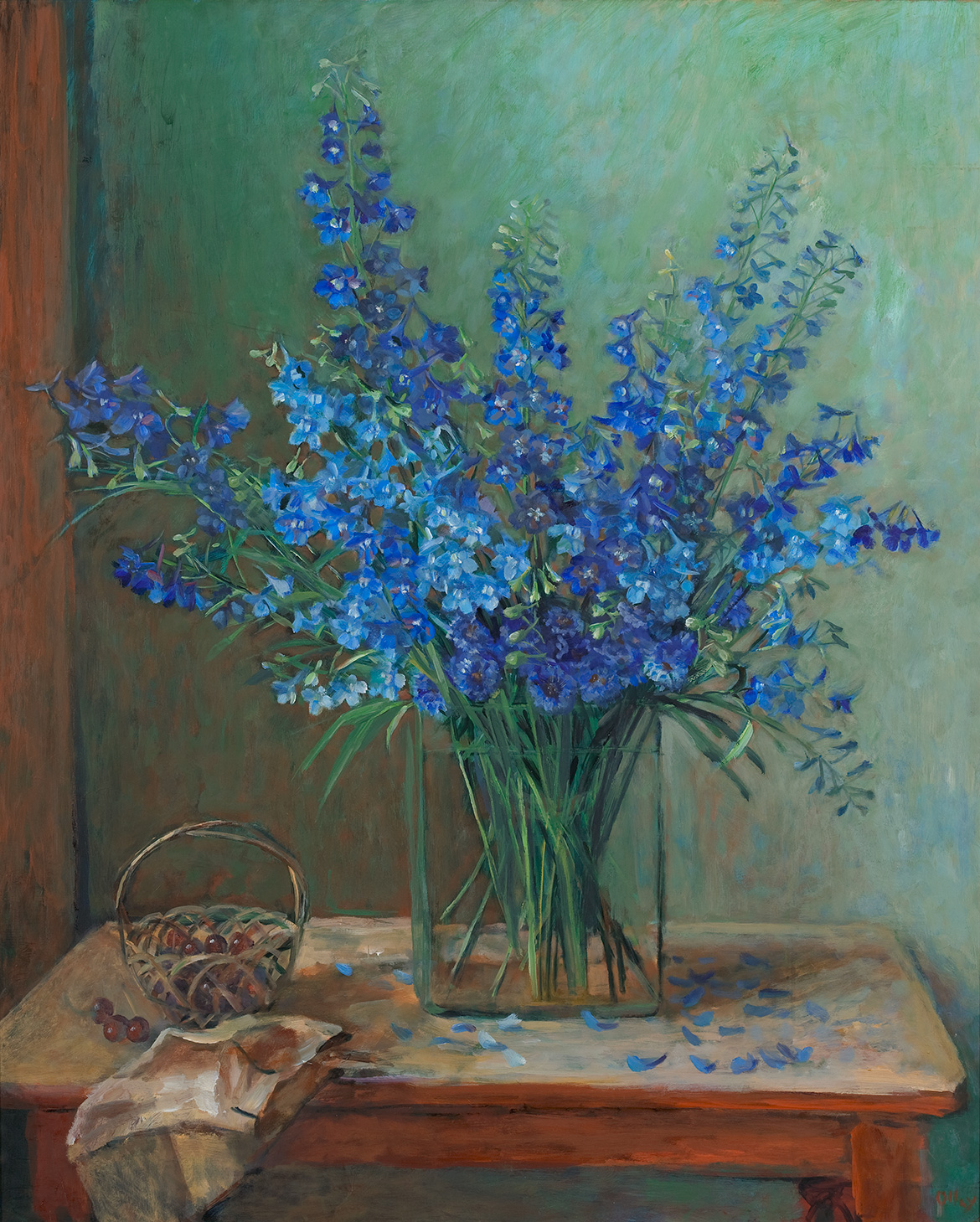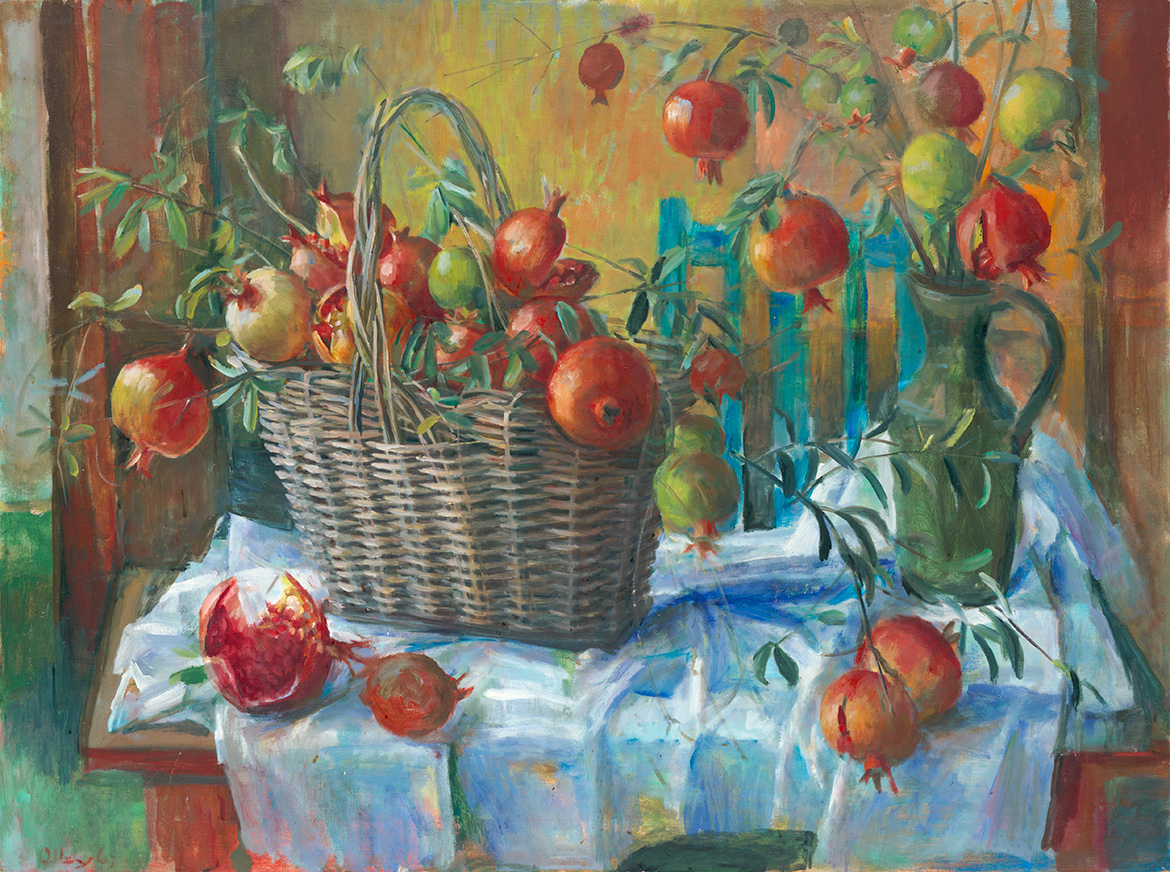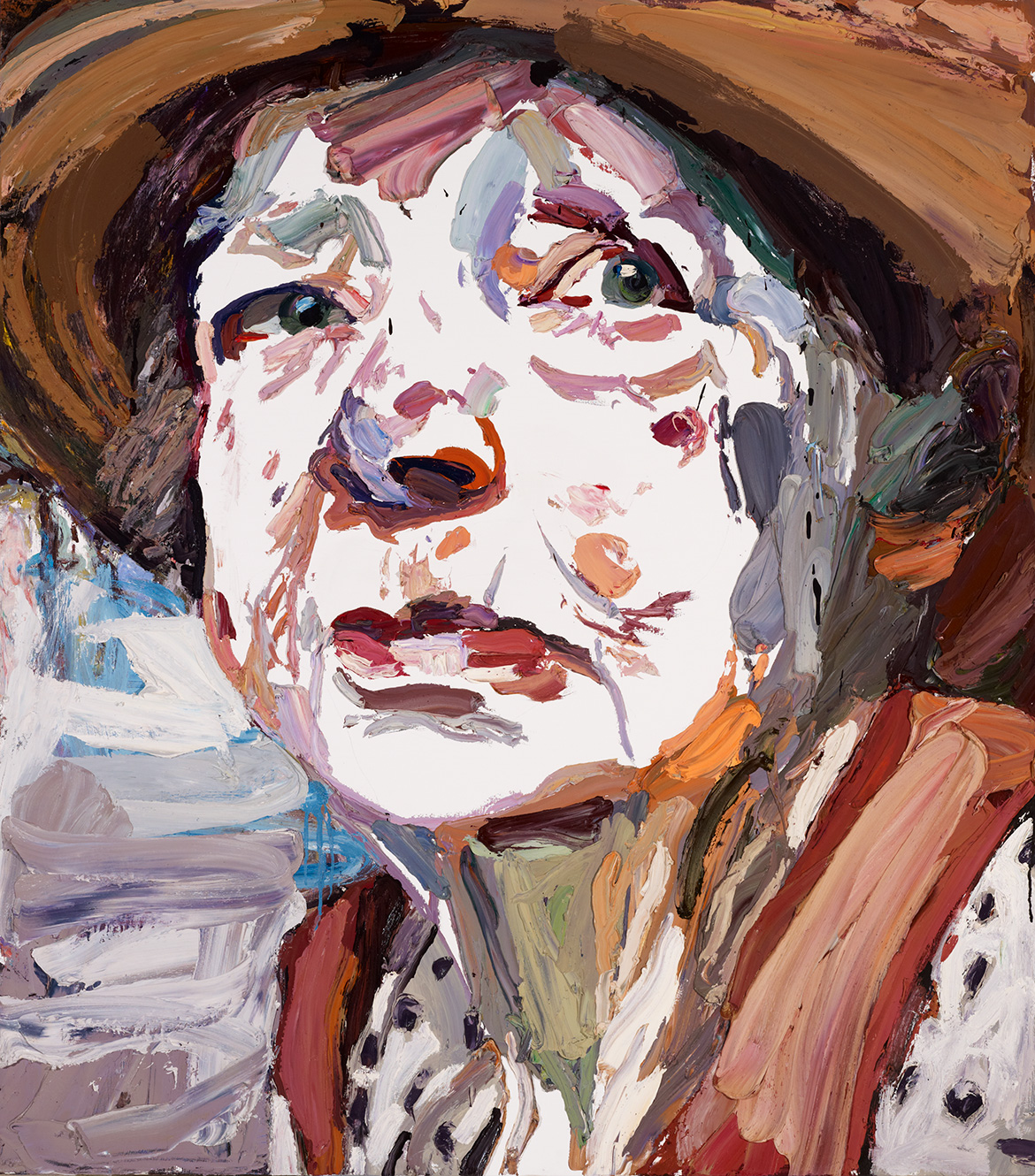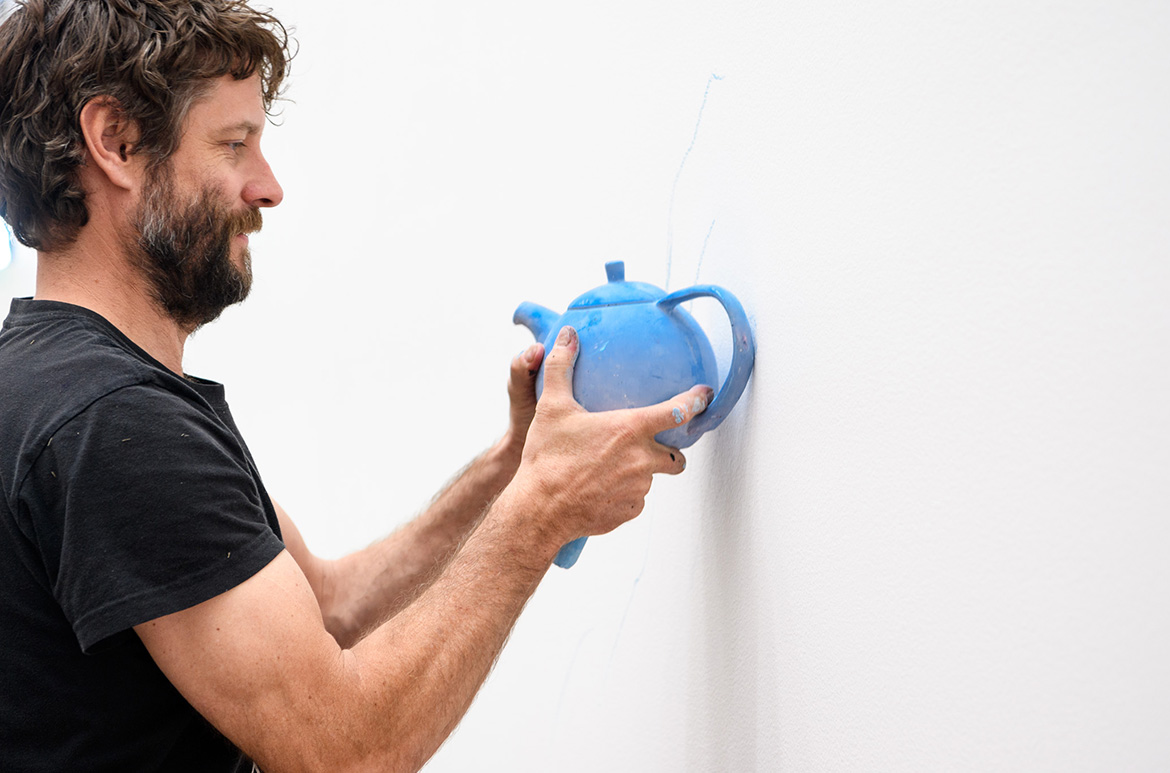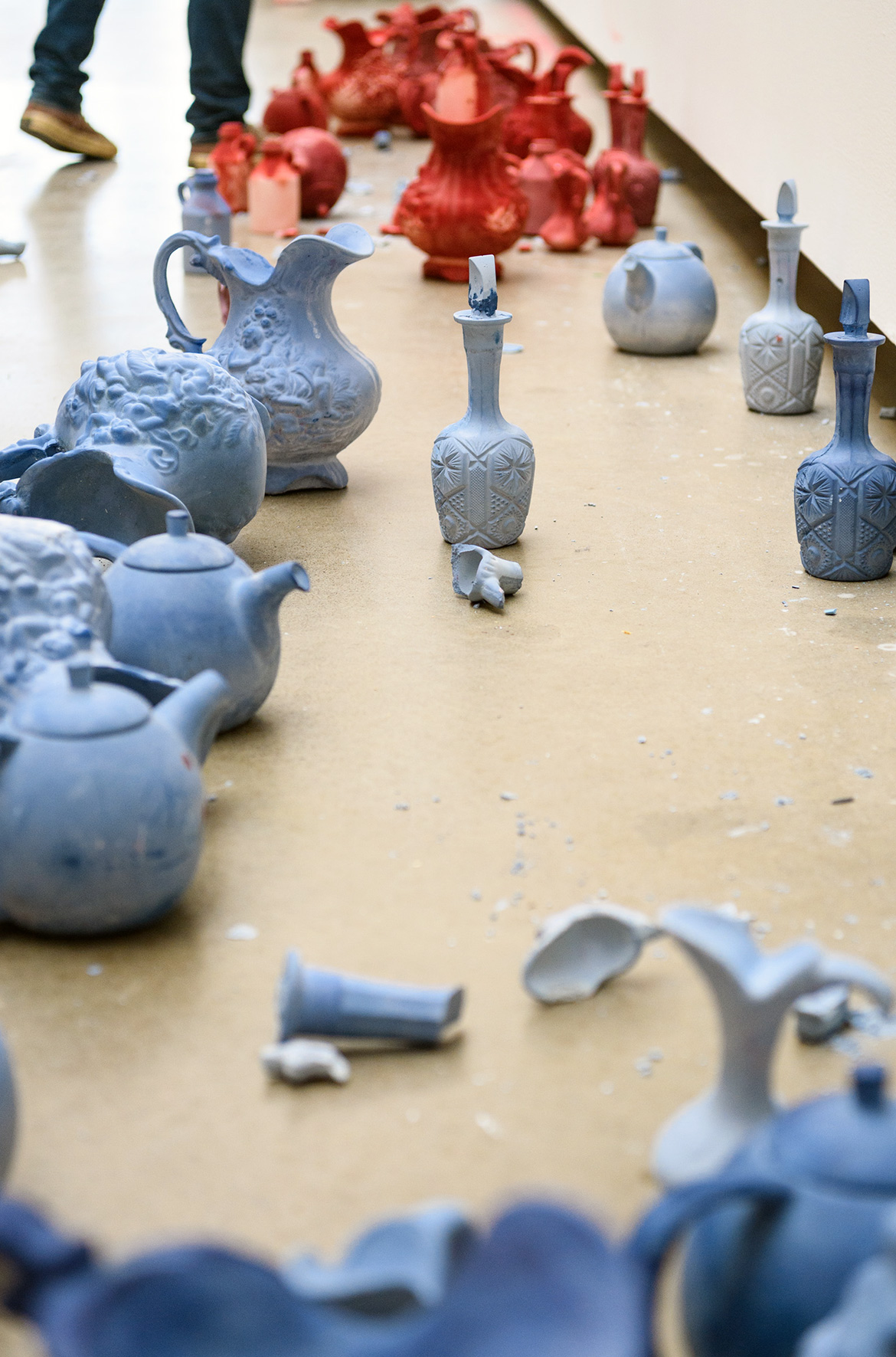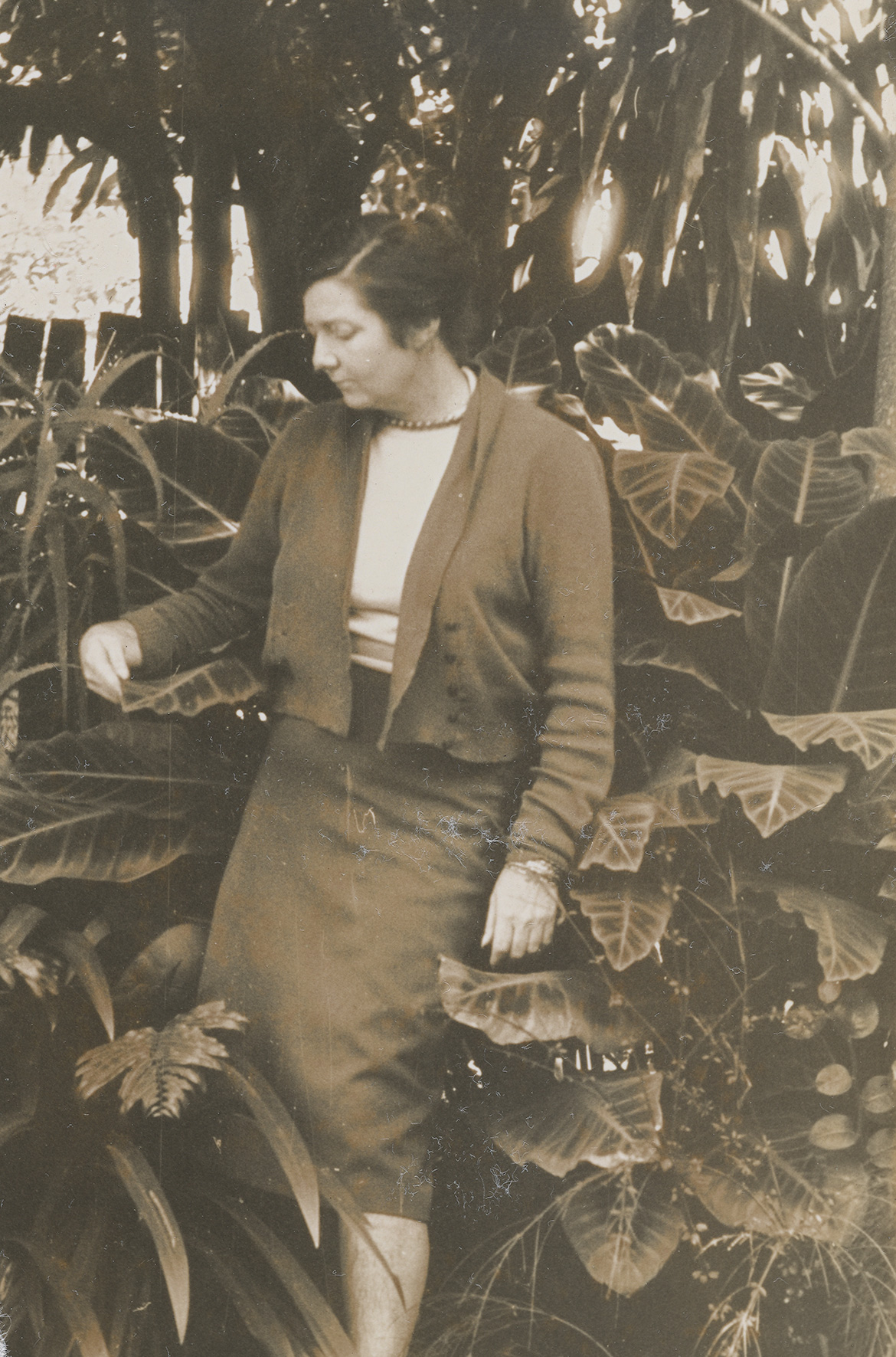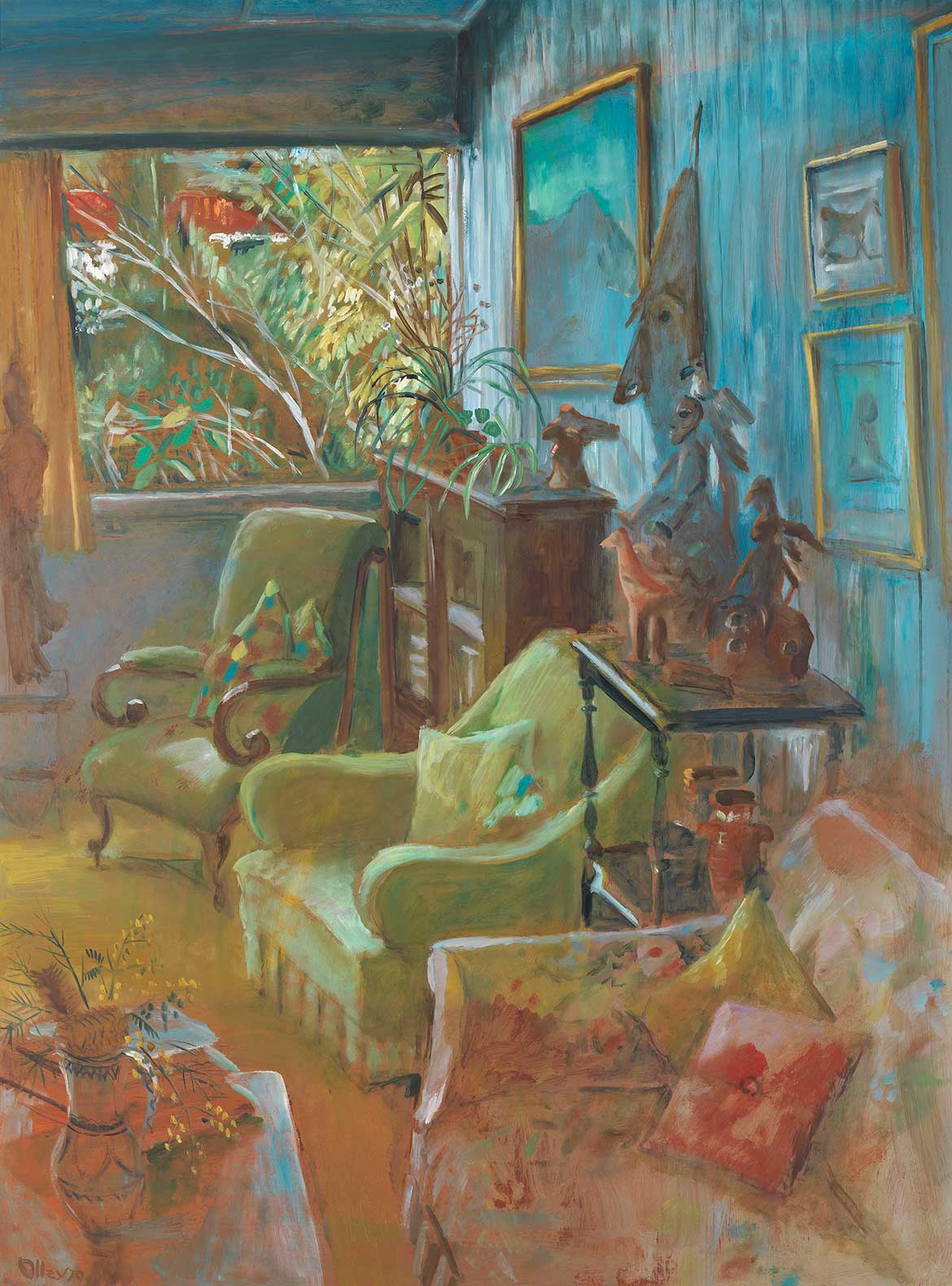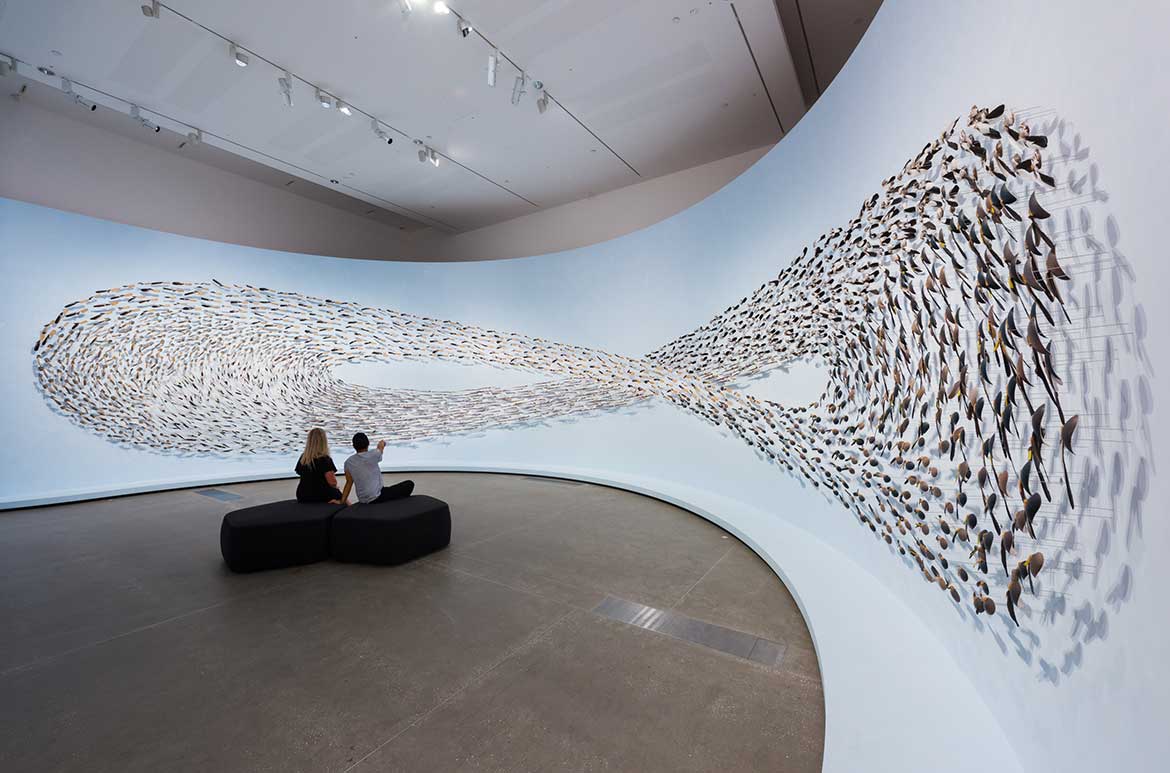Women’s Wealth is a collaboration between QAGOMA and three Buka women: co-curator Sana Balai and artists Taloi and Marilyn Havini. Inspiration for the project originated in these women’s shared dream.
Sana Balai, Independent Curator, Community Elder, and co-curator of the Women’s Wealth exhibition at ‘The 9th Asia Pacific Triennial of Contemporary Art’ (APT9) gives a background to the art project that engages with the ongoing importance and richness of women’s creativity.
Sana Balai discusses the importance of Women’s Wealth
Subscribe to QAGOMA YouTube to go behind-the-scenes
Where are the women makers?
Observing art exhibitions over the past two decades, artists from Papua New Guinea and the Solomon Islands have been highly represented; however, the Autonomous Region of Bougainville and its neighbours in the Solomon Islands — Choiseul and Shortland — have had little or no representation at all. There is also a tendency for Melanesian art to be thought of as ‘art made by men’. Where are the women makers from the islands of the Solomon Sea? Women’s Wealth is one answer, and was born out of conversations involving Ruth McDougall, QAGOMA’s Curator of Pacific Art, artist Taloi Havini and me over the last five years. After 20 years working in the museum sector in Australia, I felt this project offered us an opportunity to draw attention to this largely overlooked region of the Asia Pacific. In effect, the Women’s Wealth project was a blank canvas.
Once the pride of the Pacific with its serene ocean views and picturesque landscapes, Bougainville has been almost completely destroyed by the Bougainville crisis. This recent history has significantly impacted the people in many ways, and they hold unspoken and painful secrets as a result. In this context, galleries and art centres are non-existent. Singing, dancing, carving, weaving and painting are practised, but ‘art’ is a Western word or concept that people are not familiar with; instead, ‘craft’ is the word widely used when referring to aesthetic expression.
Stay Connected: Subscribe to QAGOMA Blog
Research for Women’s Wealth started on Buka Island in April 2017. We were welcomed by the Hakö Women’s Collective and the Yumi Yet Bamboo Band from Lontis village. With guidance from teacher Marilyn Havini, we visited markets, met with artists and visited communities. We talked about the project, its focus on women, and its presentation in APT9. Our research then took us to the main island of Bougainville. We were visiting communities severely affected by the crisis, and we didn’t know what we would find. McDougall worked with the women, showed them images of artworks, and sat with them weaving, drawing and encouraging them to teach her Tok Pisin. I sat with the men, discussed cultural protocols and the importance of keeping our culture alive through art. McDougall and I emphasised the importance of protecting their cultural knowledge.
A similar trip to Taro Island on Choiseul in the Solomon Islands involved meeting artists both at the markets and through McDougall’s contacts from previous visits to Honiara. As part of this trip, nine artists from Bougainville, four from the Solomon Islands and four artists from Australia were selected to participate in a special workshop in Chabai. The Nazareth Rehabilitation Centre in Chabai plays an important role in Bougainville society, as it protects women and children affected by violence. The first day of the workshop was challenging: women didn’t know one another and language and self-confidence were proving barriers to participation. On the second day, everyone was excited, and by the fifth day, everyone asked: ‘Are we going back next week?’. Women shared materials, taught each other techniques and talked about their art and culture. As one artist shared with me:
We are not looking forward to next week because what we have worked out together is that here we are not wives, we are not mothers or grandmothers, we are just women doing what we love to do.
The Bougainville Women’s Wealth project began as a blank canvas, a canvas that is now filled with stories, both traditional and contemporary. It is proof of a living culture with a wealth of knowledge. The women of Bougainville are the holders of cultural knowledge; it is their wealth — this is their story.
Sana Balai, Co-curator Women’s Wealth
SUBSCRIBE to QAGOMA YouTube to go behind-the-scenes
The importance of women’s voices
Ruth McDougall, Curator of Pacific Art at QAGOMA highlights the inspiration for a project to develop understanding of the Bougainville and Solomon Islands region, and to provide Bougainville women with opportunities to engage in new creative conversations.
Women’s Wealth is a project highlighting the importance of women’s voices in the predominantly matrilineal societies of the Autonomous Region of Bougainville and the nearby provinces of the Solomon Islands. At the heart of the project is a belief in the capacity of art to both engage diverse audiences in new understandings, and contribute to sustainable and socially cohesive communities. Focusing on vibrant cultural practices, such as weaving, pottery and body adornment, Women’s Wealth celebrates the ways in which indigenous women create forms of great aesthetic and cultural significance, assert continuing connections to people and place, and transfer knowledge and maintain livelihoods, as well as affirm a sense of collective agency and authority.
Related: Women’s Wealth Interactive Tour
As part of this project, Bougainville women were reconnected with artists from the nearby Solomon Islands, with whom they share strong linguistic and cultural ties, but who are divided by political boundaries. A small, predominantly Indigenous, group of artists from Australia working in similar media were also invited to participate in the project. To launch Women’s Wealth, a group of 19 women from across these three regions came together for a ten-day workshop in September 2017.1
As a result of this workshop, the artists produced a range of different artworks for APT9. Many artists asked members of their community to authorise the creation of specific cultural forms and to assist in finishing works for the exhibition. Large groups of fan-shaped Biruko and elegant Tuhu hoods from central and north Bougainville are central to the display. Constructed from pandanus leaves and, in some instances, marked with black-and-red embroidered designs indicating the elevated status of the owner, the elegant Tuhu hoods are arranged, almost conversationally, in clan groups.2 These unique sculptural forms are created by women in north Bougainville to be worn as protective coverings in public ceremonies relating to death, matrimony and the investiture of clan chiefs. The most ornately decorated hoods, known as A’Poa can only be worn by the clan’s Queen or chiefs; however, unmarked Tulbus are worn by all women during grieving ceremonies, and by clan women without this status during life-affirming ceremonies (coming of age and betrothal). Tulbus further fulfil multiple functions within and outside ceremony, and are used as mats, food coverings, and as shelter from the rain and sun.
Similarly versatile, the delicate fan-shaped Biruko from Kieta are carried by women to eloquently animate ceremonial dances in central Bougainville. Geometric designs embroidered along the upper lip in natural fibres, and more recently in brightly coloured wool, enhance the visual effect of the Biruko as it moves through the air. Made from the leaves of the black palm, these objects symbolise womanhood and can be carried only after a young woman has completed the seclusion that accompanies her first menstruation. The Biruko is then used extensively as a fan, knapsack, sleeping mat, lap-lap, baby carrier, as a container or serving dish for food, and for shelter, in addition to its use in ceremony.
The surrounding walls of the APT9 display are adorned with a range of beaded and woven works from the north-eastern Nukumanu Islands, together with groups of south Bougainville stitched mats, beaded ornamentation and woven bags, as well as long plinths presenting a range of unique basketry. Ideas of support and unity have underpinned the development of this project, and are highlighted through the display of textiles and pottery by participating artists from Choiseul Province and Australia. Habitat 2018, a new multichannel video work by Taloi Havini, explores the history of foreign economic interests in Bougainville and the effects of this interest on the everyday life and wellbeing of its 250 000 inhabitants.
Related: Women’s Wealth extends beyond Gallery walls
Women’s Wealth is inspired by the traditional female custodians of the land, and offers a vision for the future that is grounded in a shared sense of cultural resilience and pride.
Ruth McDougall is Curator, Pacific Art, QAGOMA
Endnotes
1 In the display for APT9, the works are complemented by video documentaries about the workshop by Jesmaine Sakoi Gano (Bougainville) and Georgianna Lepping (Solomon Islands). Workshop participants included: Bougainville: Kiria Asike, Jesmaine Sakoi Gano, Aida Pais, Elizabeth Marata, Elizabeth Saman, Adelaide Aniona, Helen Miriona, Pauline Anis, Emma Markusu, Josephine Kepaku and Sister Theresita Alona; Solomon Islands: Joy Madada, Gwendalyn Dumosoe, Imelda Teqae, Georgianna Lepping; Australia: Taloi Havini, Elisa Carmichael, Janet Fieldhouse and Kay Lawrence.
2 Individual names are given to each of the Tuhu forms, according to the wearer and the design.
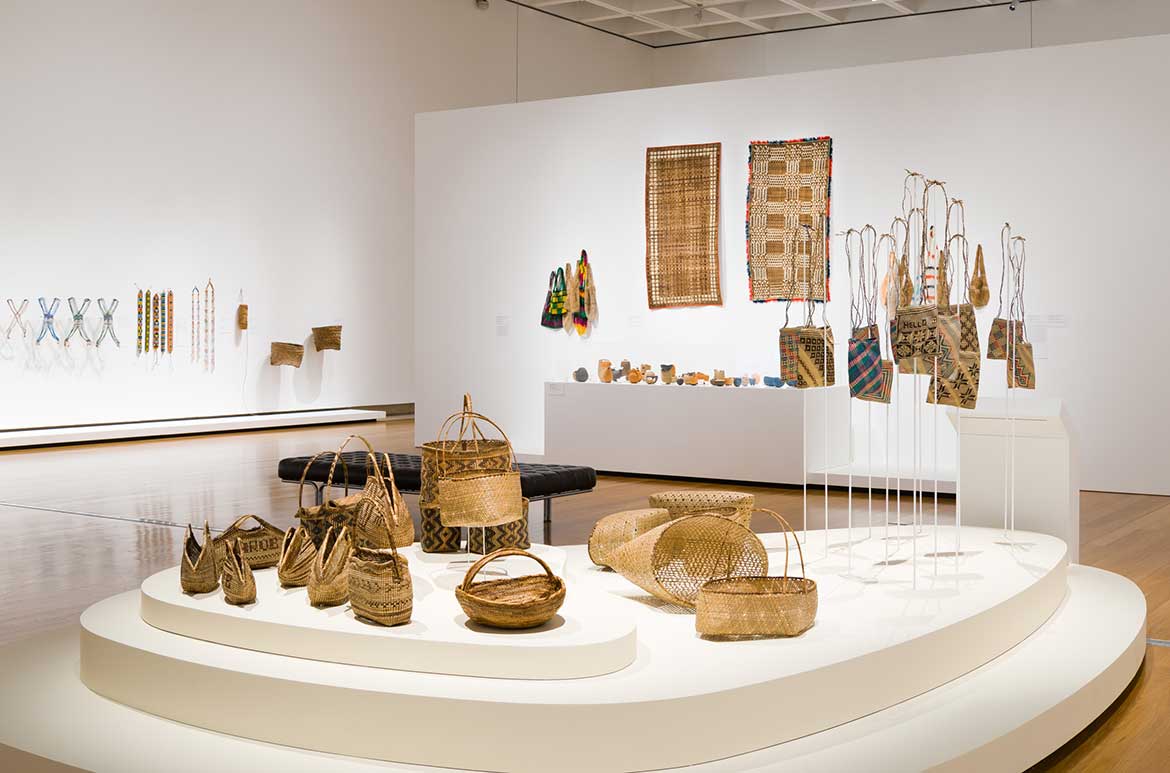
Subscribe to YouTube to go behind-the-scenes / Watch or Read more about Asia Pacific artists
Buy the APT9 publication
APT9 has been assisted by our Founding Supporter Queensland Government and Principal Partner the Australian Government through the Australia Council, its arts funding and advisory body, and the Visual Arts and Craft Strategy, an initiative of the Australian, State and Territory Governments.
Women’s Wealth has been supported by the Australian Cultural Diplomacy Grant program, DFAT and the Gordon Darling Foundation.
Feature image details: Imelda Vaevavini Teqae building a pot; Elisa Jane Carmichael weaving
#APT9 #QAGOMA


